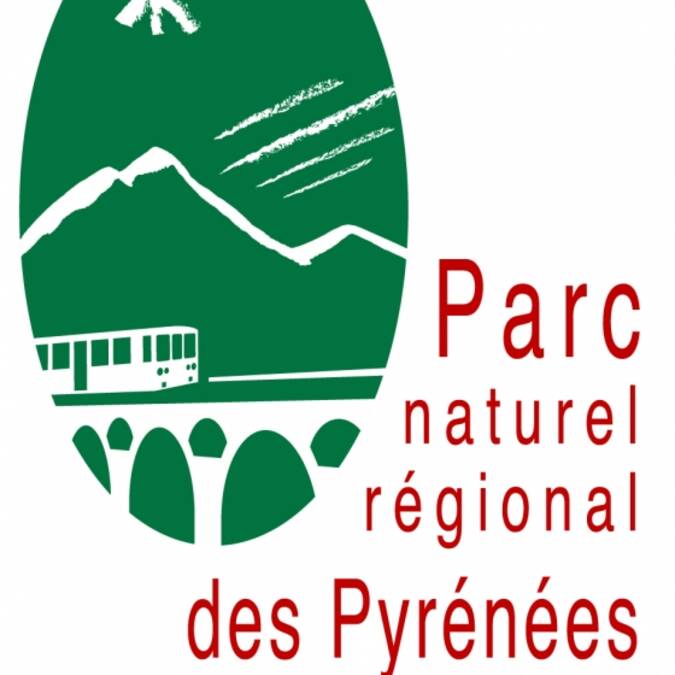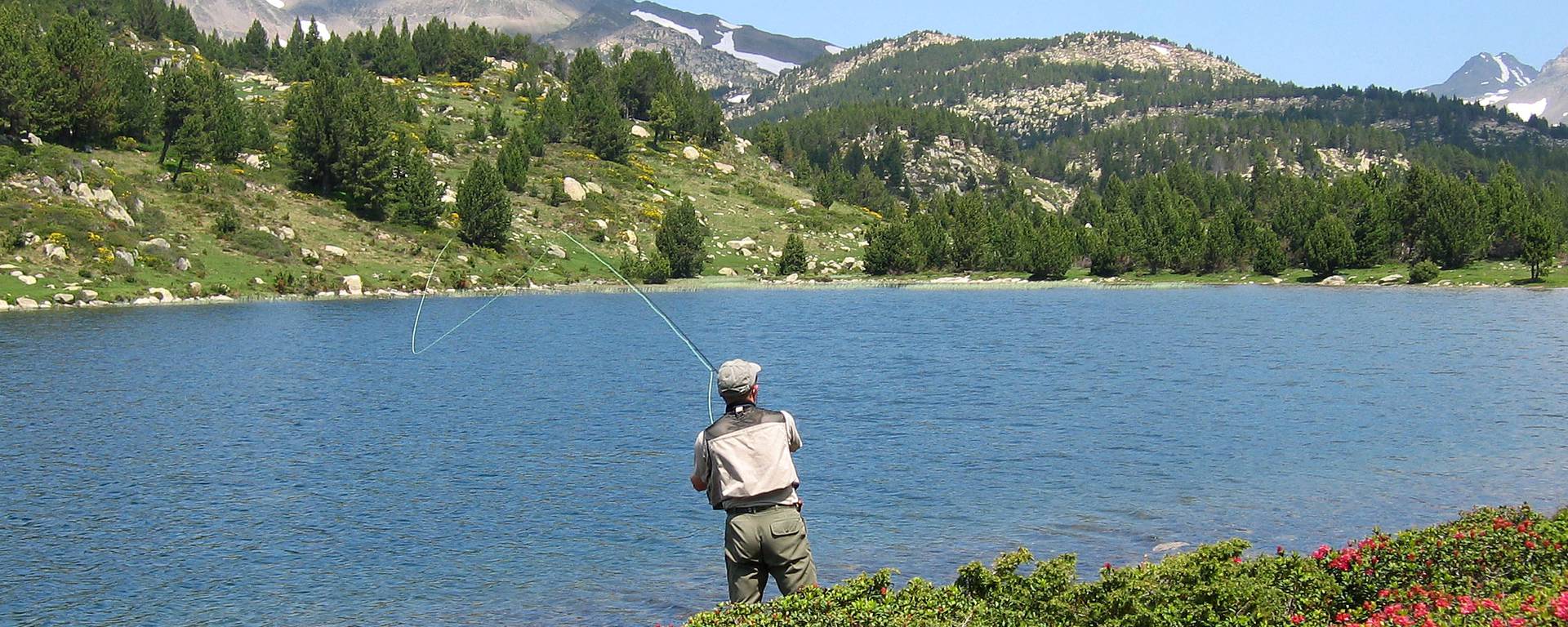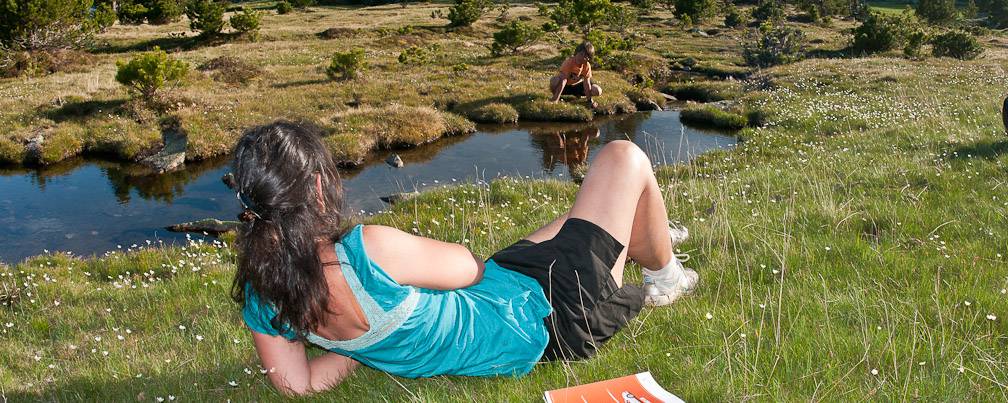The Catalan Pyrenees Regional Natural Park
A border territory full of history, traditions, and legends...
Located at the easternmost point of the mountain range, the Catalan Pyrenees are home to a veritable melting pot of cultures. The local people delight in their Catalan origins, and wear their identity with pride.
- Capcir
- Cerdanya
- High-Conflent
A few numbers
- 137,100 hectares
- 23 000 inhabitants
- 64 towns and villages
- Altitude 300 to 3000 m
In 2004, the region received French “Regional Park” status, with the aim of protecting its rich and sometimes vulnerable landscapes.
Under the eye of the Bearded Vulture and the Isard, the Catalan Pyrenees are indeed rich in Mediterranean and mountain influences that give them an almost unique ecological diversity hosting more than 240 protected species including 49 endemic. This natural wealth is also reflected in the use of these resources in all forms of green energy: hydroelectricity, solar energy at the Themis power plant or the solar oven in Odeillo, wood energy, geothermal energy in many places benefiting from natural hot water rises...
But the Catalan Pyrenees also have a very specific history and culture as evidenced by the numerous Romanesque or Baroque churches and major elements such as the fortified cities of Mont Louis and Villefranche-de-Conflent now listed as UNESCO World Heritage Sites or the centennial Yellow Train.
Around these treasures, a Regional Nature Park has the vocation to protect and bring to life the natural, cultural and human heritage of its territory in order to build its future.
As such, a Regional Nature Park has the following missions:
To manage its rural areas in a harmonious way, by preserving and developing its resources and its most remarkable or most fragile sites.
To contribute to the definition and orientation of development projects
To base its economic development policy on the preservation of the environment and the enhancement of its heritage
To promote public contact with nature, its discovery, understanding and awareness
To develop experimental methods and exemplary actions
This spirit and its values can be discovered during your stay and your visits with the professionals committed to the Park for a human and responsible development of the Catalan Pyrenees.
Around these treasures, a Regional Nature Park has the vocation to protect and bring to life the natural, cultural and human heritage of its territory in order to build its future.
As such, a Regional Nature Park has the following missions:
To manage its rural areas in a harmonious way, by preserving and developing its resources and its most remarkable or most fragile sites.
To contribute to the definition and orientation of development projects
To base its economic development policy on the preservation of the environment and the enhancement of its heritage
To promote public contact with nature, its discovery, understanding and awareness
To develop experimental methods and exemplary actions
This spirit and its values can be discovered during your stay and your visits with the professionals committed to the Park for a human and responsible development of the Catalan Pyrenees.







